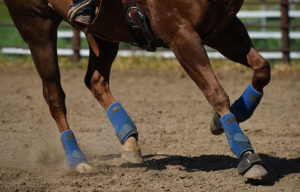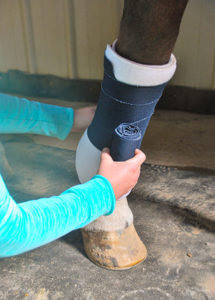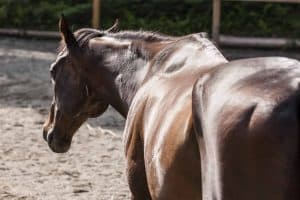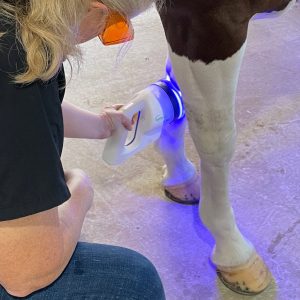Comparing SAA Levels in Horses With Respiratory Diseases
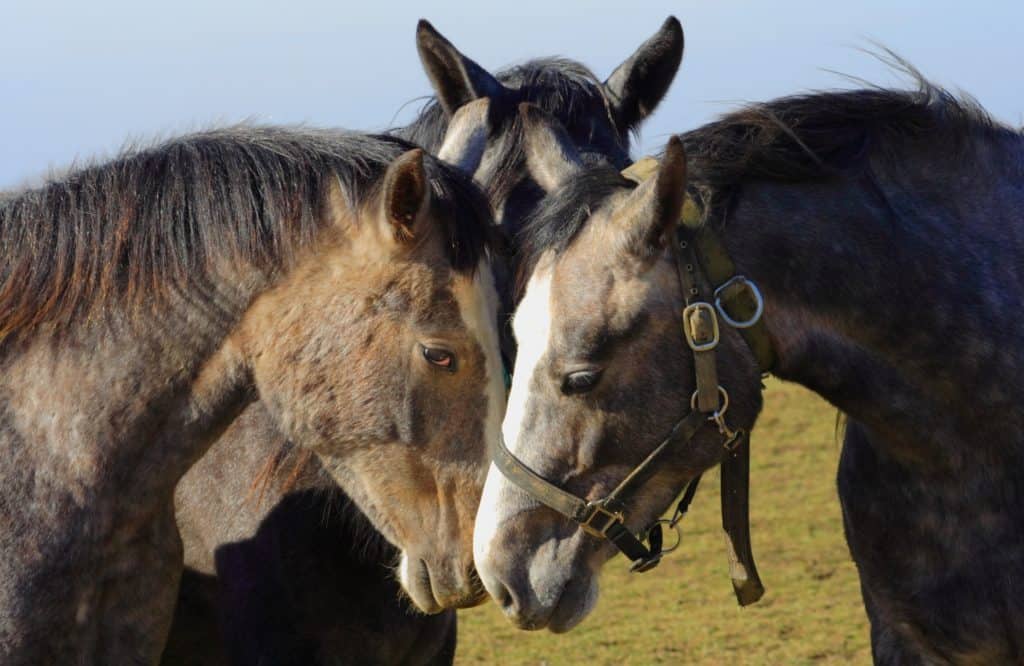
That’s why it’s crucial to determine whether a respiratory issue is infectious as early as possible once clinical signs are observed. And there’s good news on this front: Researchers from the University of California, Davis, recently determined that a simple stall-side test could help veterinarians determine whether a horse should be quarantined to prevent disease spread or if he’s suffering from a noninfectious disease.
Molly Viner, a veterinary student at the University of California, Davis, School of Veterinary Medicine, and colleagues set out to measure the inflammatory biological marker serum amyloid A (SAA) in horses with both kinds of illness to determine if a stall-side test could help practitioners differentiate between the two. She presented her findings at the 2016 American Association of Equine Practitioners Convention, held Dec. 3-7 in Orlando, Florida.
Inflammatory Markers and SAA 101
Many small biologic proteins in the body mediate the inflammatory process. These inflammatory proteins can be localized, such as at a site of injury, or they can be systemic—found throughout the body—as in the case of illness. As the name suggests, acute-phase proteins such as SAA increase or decrease acutely in response to inflammation. SAA is undetectable in healthy horses, but increases within six to 12 hours in response to inflammation. SAA can increase up to 1,000-fold in response to inflammation during peak response. Once SAA reaches its peak, it subsequently decreases in concentration by half within 30 minutes to two hours
Create a free account with TheHorse.com to view this content.
TheHorse.com is home to thousands of free articles about horse health care. In order to access some of our exclusive free content, you must be signed into TheHorse.com.
Start your free account today!
Already have an account?
and continue reading.
Written by:
Nettie Liburt, MS, PhD, PAS
Related Articles
Stay on top of the most recent Horse Health news with
